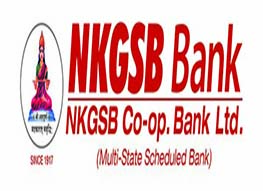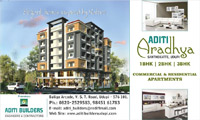Bus Structure Continued
System bus- This consists of data bus, address bus and control bus
Data bus- A bus which carries data to and from memory/IO is called as data bus
Address bus- This is used to carry the address of data in the memory and its width is equal to the number of bits in the MAR of the memory.
For ex. If comp. memory of 64K has 32 bit words then the computer will have a data bus of 32 bits wide and the address bus of 16 bits wide
Control Bus- carries the control signals between the various units of the computer.
Ex: Memory Read/write, I/O Read/write
Two types of Bus organizations:
Single Bus Architecture

- Three units share the single bus. At any given point of time, information can be transferred between any two units
- Here I/O units use the same memory address space ( Memory mapped I/O)
- So no special instructions are required to address the I/O, it can be accessed like a memory location
- Since all the devices do not operate at the same speed, it is necessary to smooth out the differences in timings among all the devices A common approach used is to include buffer registers with the devices to hold the information during transfers
Two Bus Architecture

- Various units are connected through two independent buses
- I/O units are connected to the processor though an I/O bus and Memory is connected to the processor through the memory bus
- I/O bus consists of address, data and control bus Memory bus also consists of address, data and control bus In this type of arrangements processor completely supervises the transfer of information to and from I/O units. All the information is first taken to processor and from there to the memory . Such kind of transfers are called as program controlled transfer
Alternative Two Bus Architecture

In this I/O units are directly connected to the memory and not to the processor
The I/O units are connected to special interface logic known as Direct Memory Access (DMA) or an I/O channel. This is also called as Peripheral Processor Unit (PPU)
In this the data from the I/O device is directly sent to memory bypassing the processor.
Bus standards
- ISA (Industry standard Architecture) -Developed by IBM
- EISA (Extended Industry Standard Architecture)
- VESA (Video Electronics Industry Standard Architecture)
- PCI (Peripheral Component Interconnect) -Developed by Intel
-Speed is 8 MHz
-16 bit Interface
-Speed is 33MHz,Also available in 66MHz speed
-64 bit interface
Computer Mother Board

Operating system << Previous
Next >>ADDRESSING METHODS AND PROGRAM SEQUENCING
Support us generously: contact@lessons2all.com
Our aim is to provide information to the knowledge seekers.





.jpg)


